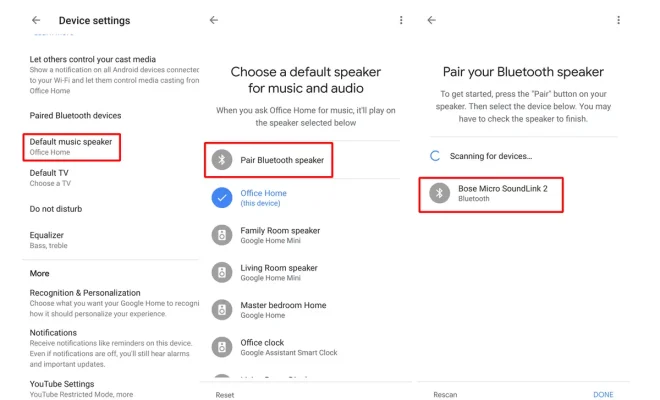What Is a TF Card and How Does it Differ to a microSD Card?

As smartphones, digital cameras, and other portable devices become increasingly popular, the demand for high-capacity and high-performance memory cards has risen. Two of the most popular memory card types on the market today are microSD and TF cards. If you are not sure what a TF card or how it differs from a microSD card, we’ve got you covered.
What is a TF card?
The term TF card stands for TransFlash card, and it is a type of memory card developed by SanDisk. The TransFlash card was later renamed to the MicroSD card, but the term TF card is still used by some Chinese manufacturers. In other words, a TF card is essentially the same as a microSD card.
TF cards are commonly used in mobile phones, tablets, digital cameras, action cameras, and other small portable devices. They are designed to store data, such as photos, videos, music, documents, and other media files. TF cards are a convenient and cost-effective way to expand the storage capacity of your device, allowing you to store more files without having to delete older ones.
How does a TF card differ from a microSD card?
As we’ve mentioned, a TF card and a microSD card are essentially the same thing. The main difference between the two is the name. The term TF card is used in China, while microSD is the more widespread name used internationally. However, there are a few subtle differences between the two, which we will cover below.
Design
The design of a TF card and a microSD card is slightly different. TF cards are slightly thinner than microSD cards, measuring 11mm x 15mm x 1mm, while microSD cards measure 15mm x 11mm x 1mm.
Compatibility
Both TF cards and microSD cards are compatible with most devices that have a memory card slot. However, some older devices may be compatible with only one of the two types. For example, some older smartphones may be compatible with only TF cards and not microSD cards. Similarly, some newer devices may be compatible with microSDXC cards, which have a higher storage capacity than both TF cards and microSD cards.
Speed
The speed of a memory card is an important factor when it comes to transferring and accessing data. Both TF cards and microSD cards come in various speed classes, which indicate their read and write speeds. However, in general, microSD cards have faster read and write speeds than TF cards. For example, a Class 10 microSD card can have read and write speeds of up to 95MB/s and 90MB/s, respectively, while a Class 10 TF card may have read and write speeds of only up to 30MB/s and 20MB/s, respectively.






